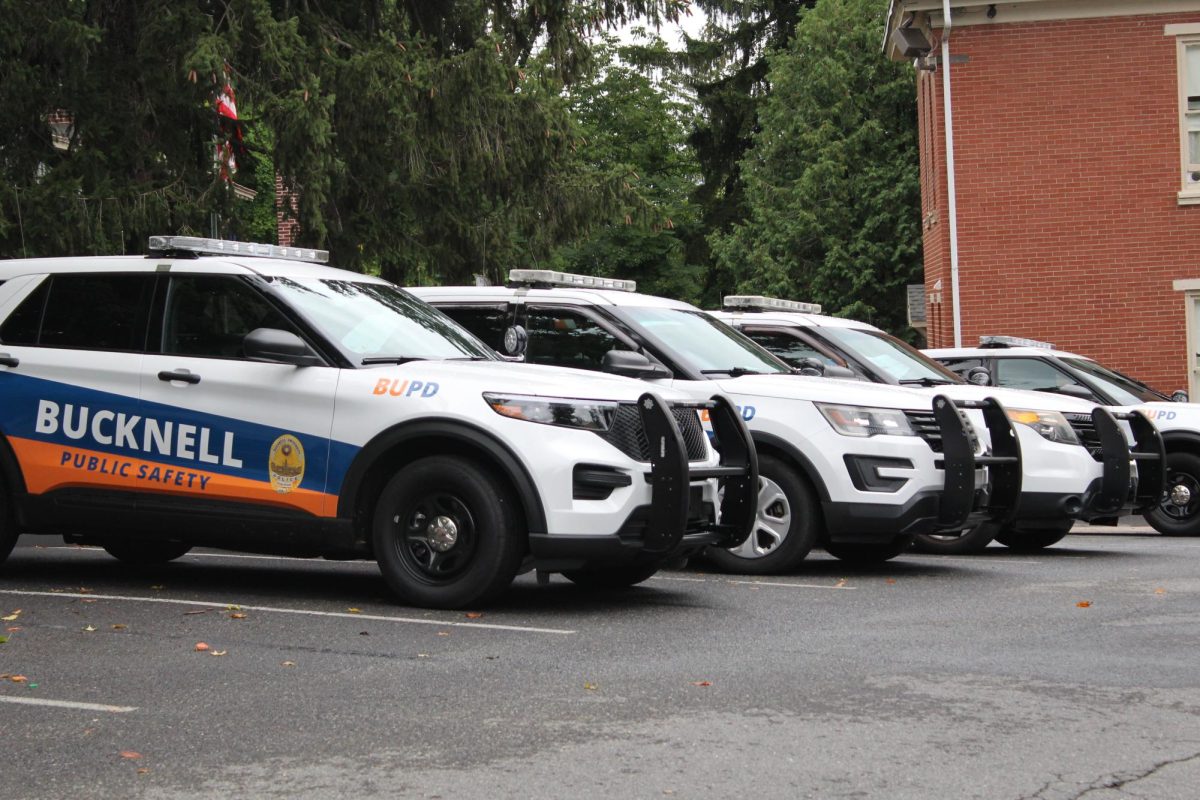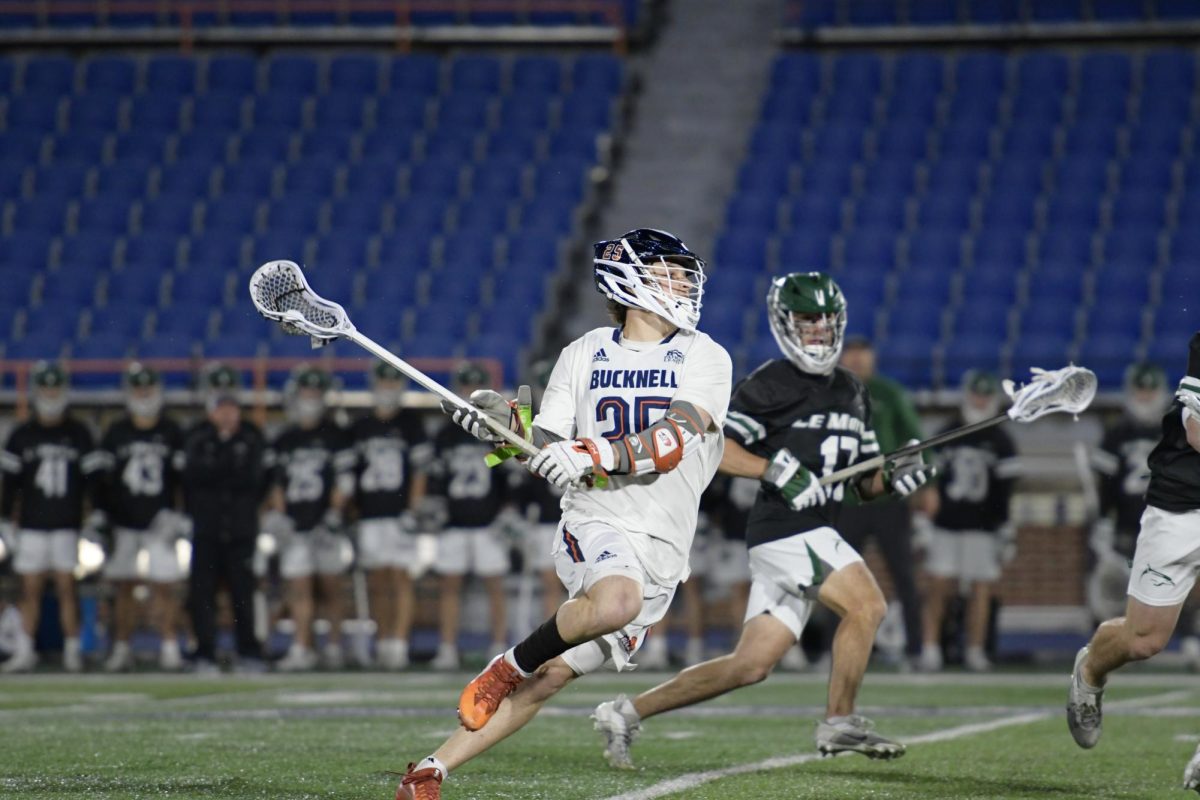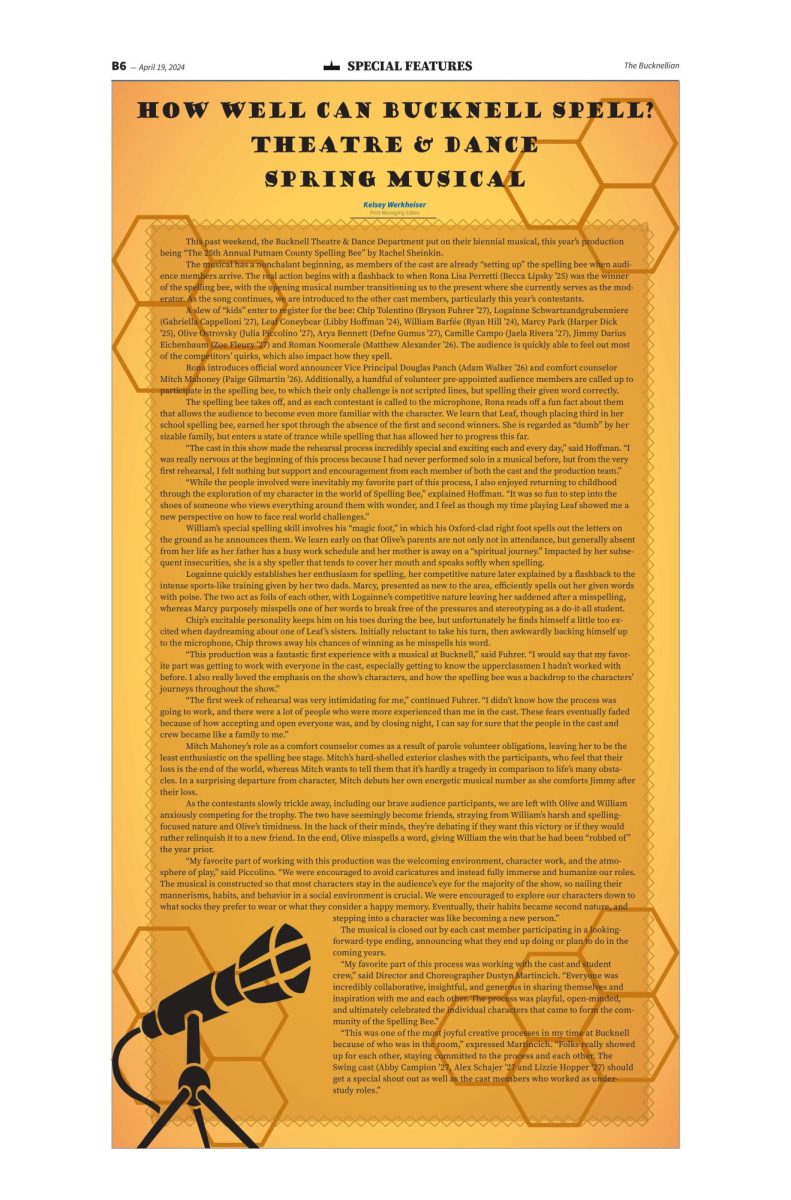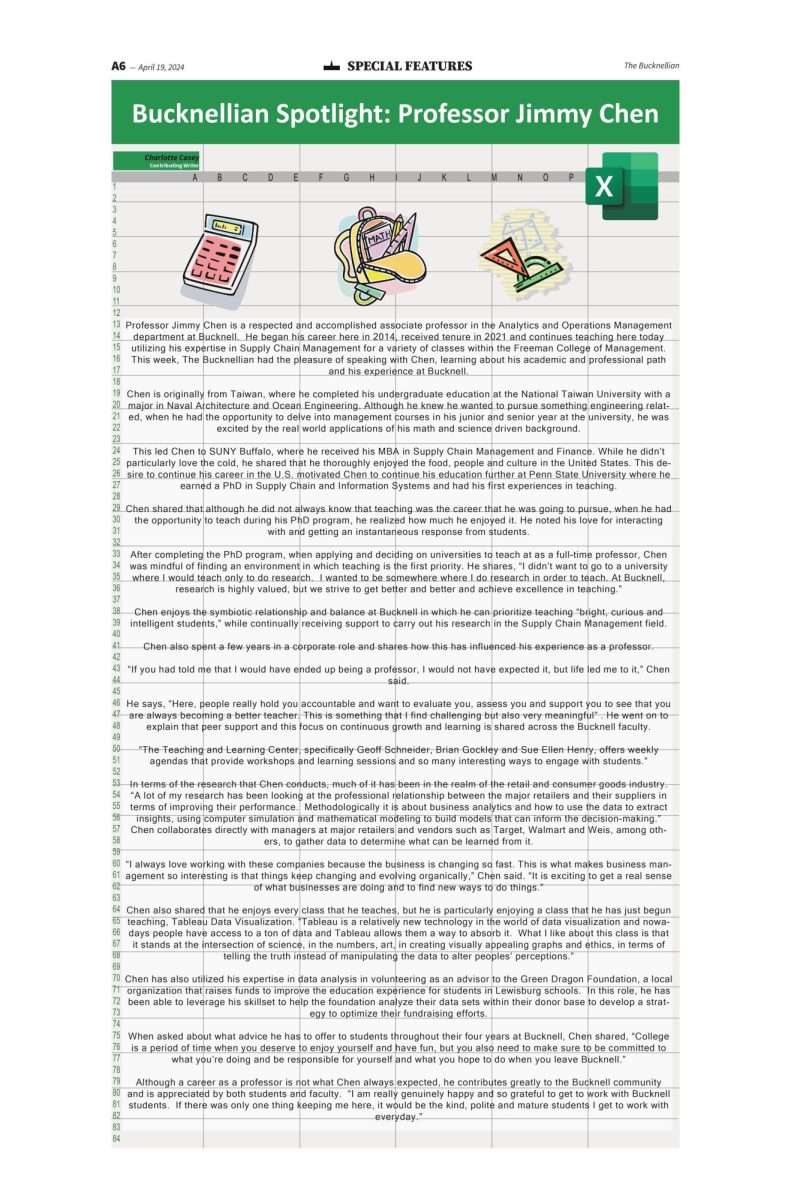Food insecurity persists nationally but lacks attention on campus
November 30, 2017
Food insecurity is affecting college-aged students at an alarming rate as tuition prices rise and more low income students and students of diverse backgrounds are enrolling in college. Food insecurity is the phenomenon of not having adequate access to affordable and nutritious food. Currently, the University lacks an official publicized policy or program that addresses food insecurity, and campus food prices continue to rise annually by 3.0-3.5 percent.
“Do You Understand What It Means to be Hungry? Food Insecurity on Campus and the Role of Higher Education Professionals,” an article authored by Kate K. Diamond and Michael J. Stebleton and published in The Mentor: An Academic Advising Journal, states that while food insecurity is a national problem, college students, particularly students of color, are more likely to be food insecure than the general public. According to the article, a 2016 study examined 12 community colleges and 26 4-year universities in the United States and found that 48 percent of the 4,000 student participants had experienced a form of food insecurity in the last 30 years.
Furthermore, the article “Hunger on Campus: The Challenge of Food Insecurity for College Students,” published by the National Student Campaign Against Hunger and Homelessness, states that of the surveyed food insecure students, “55 percent reported that these problems caused them to not buy a required textbook, 53 percent reported missing a class, and 25 percent reported dropping a class.”
Clare Sammells, associate professor of anthropology, teaches the interdepartmental course “Global Cuisines, Local Contexts” alongside Philippe Dubois, professor of French, which addresses questions regarding food insecurity, unequal access and different expressions through food.
Despite lacking statistical information on the topic, Sammells and Dubois expressed their concern “with the question of food insecurity among our students.”
“This is the sort of thing that is easy to ignore, and sometimes embarrassing for students who are in this situation to bring into public light,” Sammells and Dubois added.
Jay Breeding, Dining Director of Retail Operations, said that the University “under certain limited circumstances, provides additional resources to students for dining purchases,” and is currently exploring new initiatives to continue aid options.
Boston Posse Scholar Justin Guzman ’19 believes that the University does not offer enough meal plan options and that high food prices cause many students to run out of dining dollars before the end of the semester. All first-year students are required to purchase a $2,790 Anytime Access Meal Plan to the Bostwick Market. All other class years can choose between the Anytime Access or Anytime Access Plus Meal Plan, a Dining Dollar Meal Plan, or a Combo Plan. The minimum cost of a dining plan is $700.
Guzman ran out of his original $1,300 dining dollars this past semester and now resorts to buying and cooking his own food. The struggles students face in regards to finding time to commit to their classes, studying and jobs are exacerbated by their additional need to find time for food shopping and cooking, according to Guzman.
Prior to every fall semester, University Dining makes annual price adjustments. In the past few years, the prices have increased by an average rate of 3.0-3.5 percent, according to Breeding. To gather this data, Breeding relies on local benchmarking as well as historical data and information from sources including the U.S. Bureau of Labor Statistics food CPO report.
“We work hard to remain competitive in our costs while offering high-quality food and service in a responsible, ethical way,” Breeding said. Over 30 percent of food purchases are from local farms and businesses, and when items are not locally sourced Dining strives to purchase from organizations that “comply with fair trade and sustainability guidelines.”
Breeding suggests that the University’s continual price increases are due to market influences, internally set dining standards that require the use of fresh foods and on-site cooking, and the cost of supporting a large dining staff.
“In some areas, such as pre-packaged grocery goods and bottled beverages, our costs are higher than large retailers and big-box stores for the simple reason that we cannot compete with the buying power of those large regional or national outlets,” Breeding said.
Students serving on the University’s Dining Committee have discussed student opinions and concerns regarding on-campus dining with University representatives.
“The Dining Committee seeks to bring student feedback to the management of Bucknell Dining. This semester there have been several changes stemming from the Committee,” committee member Chandler Houldin ’20 said.
Stephen Mayer ’19, a member of the committee, believes that healthier options tend to be overpriced, such as fruit. “One of the many things we are trying to work on in the Dining Committee right now [is] to improve food access for all students,” Mayer said.
During a committee meeting, member Suzie Zubkoff ’18 suggested adding a sign that clearly indicated that adding quinoa to salads has a $2 up-charge at The Commons. This change was implemented the next day.
“All our students should be able to eat and not worry about being hungry, or being judged for what they choose to consume,” Sammells said. “We all need to work to address this systematically on campus.”


























